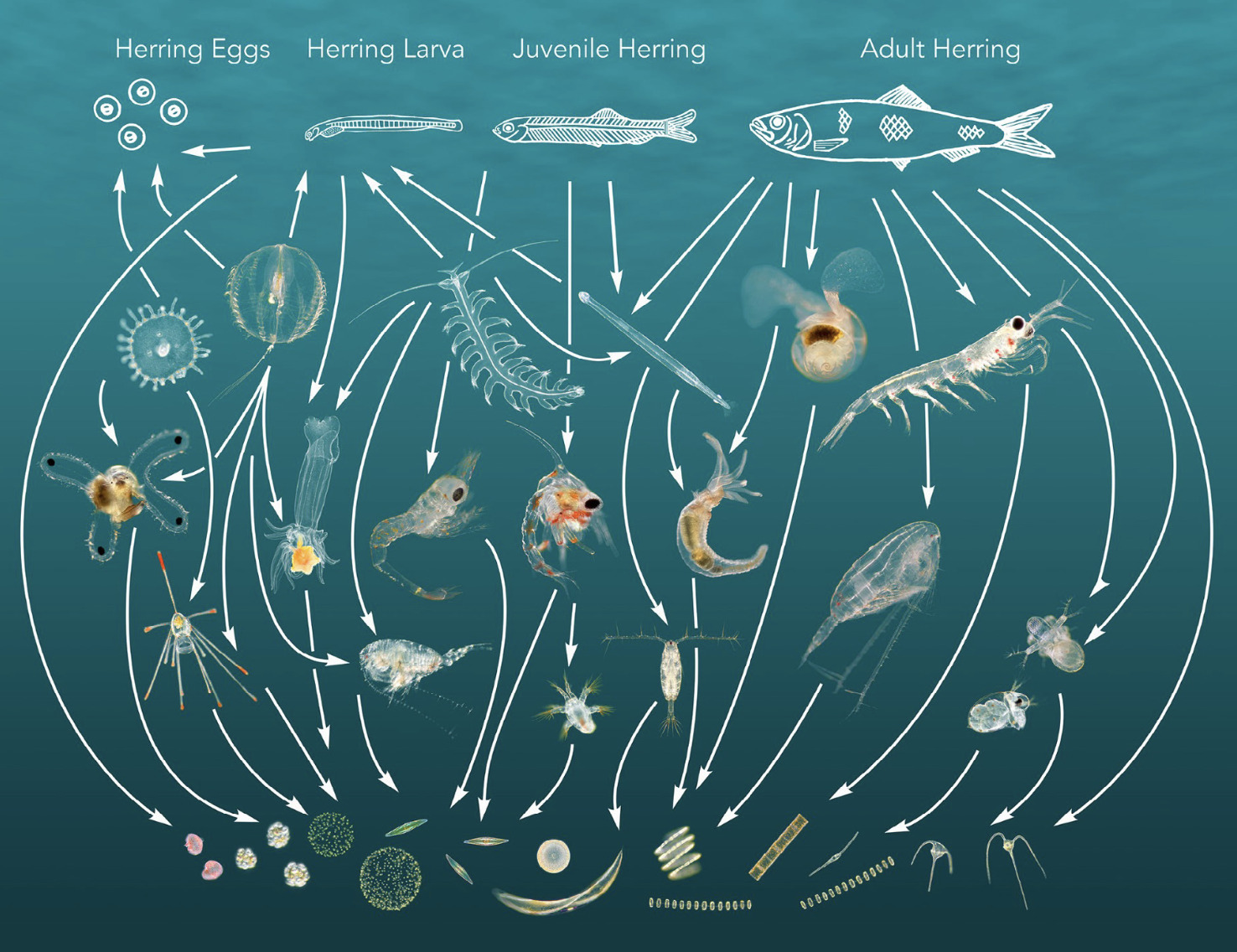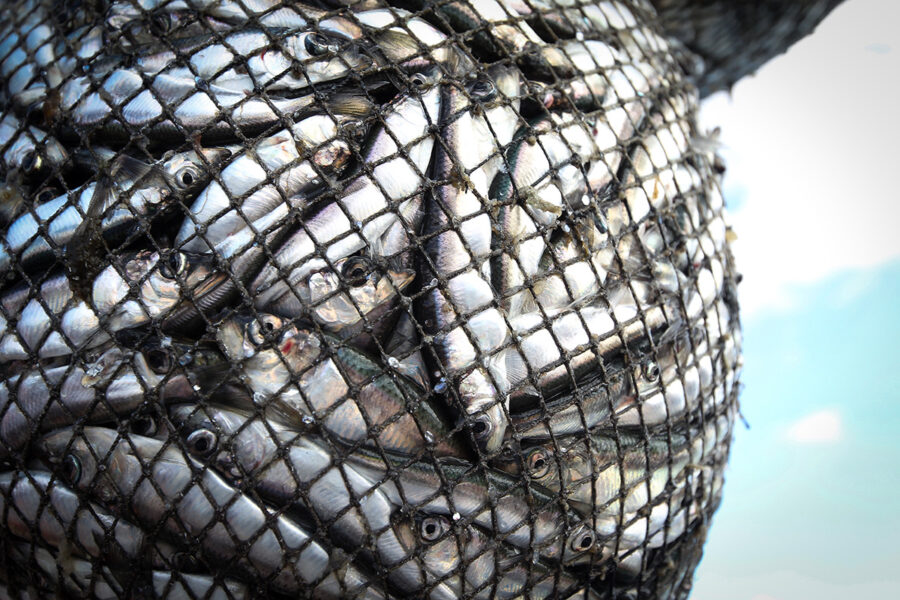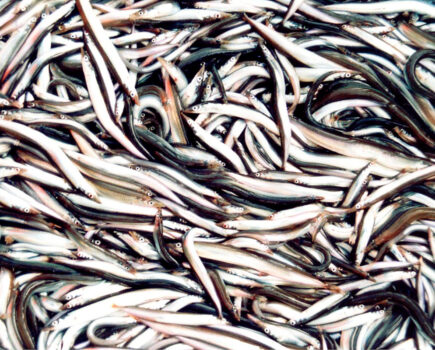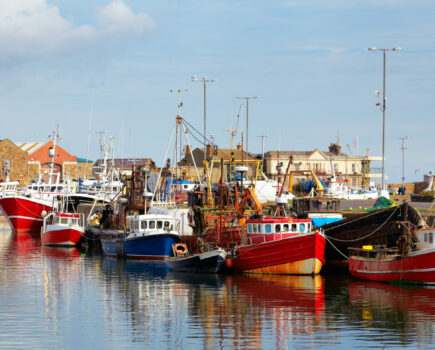Why the thermal niche is a key consideration in fish stock management
By DR RICHARD KIRBY
In my previous article about the recent return of bluefin tuna to UK seas (FN, 18 January, ‘Why are bluefin back in UK seas?’), I used this animal’s climate-driven appearance and disappearance to highlight how, for fisheries management, it is important to understand ‘why is what where?’.
All species have evolved to live within a thermal niche – the range of temperatures, from cooler to warmer, in which they can live. A species is most abundant in the middle of the range, and least abundant at the two extremes. This thermal niche also includes the thermal niches of all the other connected species it interacts with directly or indirectly in the food web.
A thermal niche, to which a species is adapted genetically, may be different at different life stages. For example, Atlantic cod can live at temperatures ranging from -1.5° to 22°C, but they are restricted to -1° to 9°C during the spawning season.
I often think that we as humans – warm-blooded animals who can also engineer our thermal environment, through heating, air- conditioning or clothes, in order to live within our thermal niche – forget that over 99% of species are cold-blooded. Nearly all life on Earth therefore lives where the temperature dictates. If the temperature changes, it moves to where it is more favourable, and if it cannot move, it dies.
At the centre of the thermal niche, a small change in temperature may have an unnoticeable effect on an animal’s abundance, but at the niche’s thermal extremes, a similar change in temperature may cause the species to become locally extinct, or enable it to colonise a previously inhospitable habitat.
It’s easy to see how the different pressures of fishing and temperature – or any aspect of the environment that changes – can affect an animal’s abundance. The relative influence of these pressures will also vary depending on where a fishery is located along the animals’ thermal niche; is the fishery at the centre of the niche, or at one or other extreme?
At the centre of the niche, fishing pressure may have a greater effect on abundance than a small change in temperature, whereas at the niche boundary, a similar change in temperature may interact with fishing to amplify their individual effects upon abundance. Under extreme conditions, if not recognised, this could lead to a fishery’s precipitous collapse.
Together with my colleague Gregory Beaugrand (University of Lille), we have been interested in how to integrate temperature and fishing together in a management tool to help better manage fisheries, especially at a time of climate warming. To do this it is firstly fundamental to understand where a particular fishery is placed along the animal’s thermal niche.
Using North Sea cod as an example species, Gregory Beaugrand and our student Alex Balembois (ENSEGID, Bordeaux) developed a new model for fisheries management that we have called FishClim, which we published recently in Nature, Communications Biology. We used North Sea cod as a model fish species for our study because it is a well-understood fishery; we have good data on fishing effort, and on the food web that supports larval recruitment, and the North Sea is at the southern (warm) limit of cod’s distribution.
In the North Sea, the composition of the plankton community is fundamental to the survival of cod larvae and, therefore, recruitment to the fishery. The North Sea lies at a transition between cold-water and warm-water plankton species, and the plankton community is therefore responsive to small changes in temperature.
Cold-water plankton species favour the survival of larval cod and, therefore, the abundance of cod in the North Sea; warmer temperatures in the North Sea disfavour cold-water plankton, cod recruitment and high cod abundance.
Using FishClim, we were able explain the changing fortunes of the North Sea cod fishery as climate and fishing have interacted over a 50-year period. We showed that during the period 1965 to 1987, the North Sea cooled, favouring cold-water plankton. Consequently, the reproduction and survival of larval cod was high.
This led to high cod abundance and the period known as the gadoid outburst, during which the fishery rapidly increased to exploit the newly, more abundant stock. Fishing was so intense, however, that despite the sea temperature continuing to cool, so becoming even more suitable for cold-water plankton and cod recruitment, exploitation reduced the size of the stock from around 1975 to 1987.
A sudden warming of the North Sea then occurred at the end of the 1980s and the environment became unfavourable for cod recruitment. With fishing effort continuing at previous levels, the cod stock began to collapse. From 1992 to 1998, a reduction in fishing effort due to quota management combined, fortuitously, with the return of cooler temperatures to temporarily halt the decline of cod.

An adaptation of the food web of the North Sea herring (a plankton-eating fish throughout its life) that was first drawn by the plankton scientist Alister Hardy in the 1950s; it’s a diagram of what eats what. Every creature in this food web, from the phytoplankton to the herring, has a thermal niche, so a change in temperature can affect the abundance of herring at many stages.
By the end of the 1990s, a new warming made the North Sea extremely unfavourable to cod recruitment again and, despite the establishment of draconian quotas, the stock became unsustainable, and it collapsed between 2000 and 2005.
Although fishing quotas were reduced once again, helping to contain the collapse, by 2005 the negative influence of the warm environment was so dominant (a greater than 60% influence on abundance) that it was unlikely that the quotas were ever going to be sufficiently low to allow cod abundance to increase.
The changing fortunes of North Sea cod describe the interaction between fishing and climate. Had we known then what our FishClim model tells us now, and had quotas responded appropriately to climate, we could have extended the fishery by more than 20 years and increased cumulative catches by almost 30%.
Now, unfortunately, if the current, warmer climatic regime persists or becomes even more unfavourable, FishClim indicates that it will be impossible, even with management, to reach a stock comparable to that of the gadoid outburst. In this case, FishClim suggests that cod in the central and southern North Sea will ultimately disappear if warming is intense, even in the absence of commercial exploitation.
But while continued climate warming may ultimately cause the demise of North Sea cod, other warmer-water species will eventually colonise. If a consideration of climate is included in fisheries management by using FishClim as a tool, it should be possible to set quotas that will extend the exploitation of stocks and increase cumulative catches during a climate-driven transition between species. Overfishing may lead to a more precipitous collapse without such a consideration of climate.
FishClim can be applied to any species, at any point in its thermal niche, to help understand the interaction between fishing and the environment.
FIND OUT MORE
‘Addressing the Dichotomy of Fishing and Climate in Fishery Management with the FishClim Model’ can be read here.
This story was taken from the latest issue of Fishing News. For more up-to-date and in-depth reports on the UK and Irish commercial fishing sector, subscribe to Fishing News here or buy the latest single issue for just £3.30 here.
Sign up to Fishing News’ FREE e-newsletter here.








